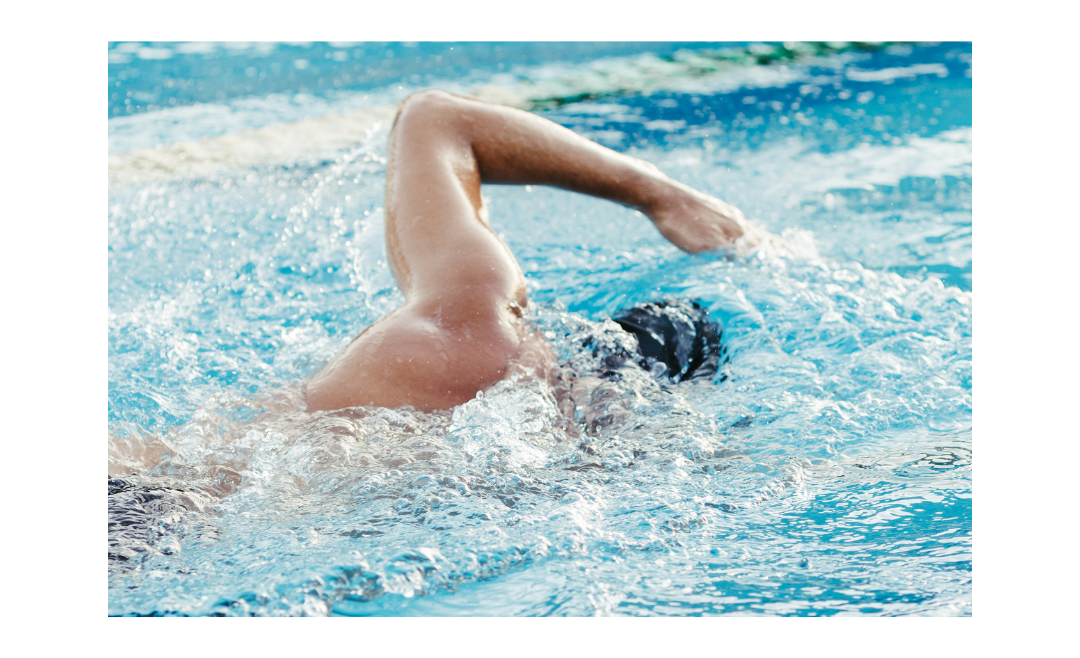Swimming: The Ultimate Low-Impact Workout
Swimming is a full-body exercise that provides unmatched benefits for people of all ages and fitness levels. As a low-impact activity, it strengthens muscles, improves cardiovascular health, and enhances flexibility—all while minimizing stress on the joints. Beyond physical fitness, swimming also nurtures mental well-being by promoting relaxation and clarity through the calming effects of water. Whether in a pool, at the beach, or in open-water environments, swimming offers a holistic approach to fitness and overall wellness.
Physical Benefits of Swimming
- Total-Body Conditioning: Swimming engages multiple muscle groups at once, including the arms, legs, core, and back, making it an efficient workout.
- Cardiovascular Health: Regular swimming strengthens the heart, improves circulation, and boosts lung capacity.
- Low-Impact on Joints: The buoyancy of water reduces stress on joints, making it an ideal exercise for individuals with arthritis, injuries, or limited mobility.
- Enhanced Flexibility: Repetitive stretching and lengthening movements in the water improve joint mobility and muscle elasticity.
Mental and Emotional Benefits
- Stress Relief and Relaxation: Immersion in water has a soothing effect on the nervous system, reducing stress and promoting a sense of calm.
- Improved Mental Clarity: The rhythmic breathing and repetitive strokes of swimming encourage mindfulness, boosting focus and concentration.
- Elevated Mood: Swimming triggers the release of endorphins, which enhance mood and combat symptoms of anxiety and depression.
Different Ways to Swim for Fitness
- Lap Swimming: Structured workouts focusing on endurance, speed, or technique.
- Aqua Aerobics: Low-impact water-based classes that combine cardio and strength training.
- Open-Water Swimming: A challenging and adventurous option that enhances stamina and provides connection with nature.
- Recreational Swimming: Casual swimming still delivers fitness benefits while being fun and accessible for all ages.
Getting Started with Swimming
- Find the Right Pool or Facility: Join a local swimming pool, aquatic center, or fitness club that offers safe and clean facilities.
- Invest in Basic Gear: Essentials include a quality swimsuit, goggles, and a swim cap for comfort and performance.
- Start with Lessons if Needed: Beginner swim classes or private lessons help develop proper technique and confidence in the water.
- Build Gradually: Begin with short sessions and increase duration and intensity as stamina improves.
Conclusion
Swimming is more than just a recreational activity—it’s a powerful tool for lifelong health and vitality. From boosting cardiovascular strength to reducing stress and improving flexibility, the benefits of swimming extend far beyond the pool. Whether you’re training for fitness, seeking rehabilitation, or simply enjoying the meditative rhythm of water, swimming provides a path to balanced physical and mental well-being.
FREQUENTLY ASKED QUESTIONS
Q: Is swimming a good workout for weight loss? Yes, swimming burns calories efficiently while toning muscles, making it excellent for weight management.
Q: Can swimming replace other forms of exercise? Swimming provides cardio, strength, and flexibility benefits, but combining it with other activities like weight training can offer a more balanced routine.
Q: How often should I swim to see results? 2–4 times per week is recommended for noticeable improvements in strength, endurance, and overall fitness.
Q: Is swimming safe during pregnancy? Yes, with a doctor’s approval. Swimming is a gentle exercise that supports the body and reduces joint strain during pregnancy.
Q: What if I’m not a strong swimmer? You can start with lessons, aqua aerobics, or shallow-water workouts while building confidence and skills.
Contact our friendly Osteo team at MOSIC. We can help you prevent or recover from your injuries.

